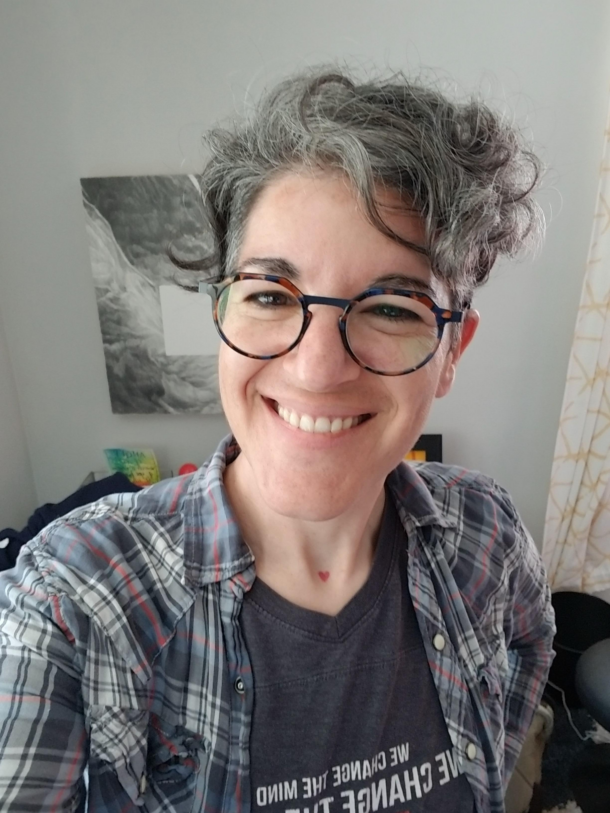I am a culinary school dropout.
The year after I finished my bachelors in psychology, I enrolled in the local community college for the culinary arts adventure I had been dreaming of since junior year of high school. It took only a handful of weeks for me to become disillusioned with that dream and bail on school to go start my first business, a personal chef service.
I took two things from those couple of months of schooling:
- Pretty darn good knife skills.
- The ability to see bacteria (and whatever kind of cooties) traveling from spot to spot as though highlighted by neon green goo.
This level of cootie hyperawareness is great – a must, even – for anyone who handles food in bulk or for other people. Of course, it’s valuable at home, too. Salmonella poisoning is un-fun regardless of its origins.
But, still, there was a line where the green goo went from functional to terrorizing, and not just for me. The other day, I got a text from my ex-hubby who was my live-in beau during the culinary school jag. “It may just save my life,” he quipped, after thanking me for scarring him with all of my compulsive insistence on constant hand-washing.
It was one of those funny-because-it’s-true texts.
Fear is functional. People who have sustained damage to their parts of their brains that do all the fear stuff (that’s technical talk; I trust you can keep up) wind up in horribly dangerous situations because there’s nothing left in them to wave red flags. A person wielding a knife, for them, is a curiosity and not something requiring immediate protective action.
Alternately, fear cranked up to 11 becomes clinical OCD, agoraphobia, and the like.
Somewhere past functional and before clinical we might find, oh, me triggered last Thursday; the green goo of coronavirus seemed to be everywhere and when Theresa suggested I engage in one of my favorite anxiety-reducing activities – a brisk walk – I couldn’t bring myself to leave the house.
Said differently, fear is functional when it informs decision making but doesn’t make the decisions. Thursday evening, fear was making the decision for me.
This is a time of increased fear for most of us and functionally so: Fear is what’s fueling social distancing and increased sanitation practices and innovation, like the nozzle one doctor 3D printed to allow one ventilator to serve nine patients.
Out of whack, though, fear can swing us anywhere from clinical OCD-level cleaning and discomfort to such complete denial of the challenges of this pandemic that we contribute to its spread rather than its resolution.
Thursday evening, I admitted my feelings to Theresa. I lay down by myself to avoid reactively saying or doing anything I would regret. I used my phone as a distraction while my physiological systems evened back out. Eventually, I slept. And when I woke on Friday, I was feeling a little better. When I attended my 15-Minute Dance Party that afternoon, I let the music and community and joy of dancing shake the last bits of discomfort right out.
Being with our fear and other emotions in productive ways is relatively easy when things are going pretty much as we anticipated. It’s times like this – times of big challenge, change, and surprise – that we get to put all the theory into action. It’s not comfortable, friends, no doubt about it.
But it is ripe with growth and potential.
You’ve got this. So do I.
I put together a worksheet for members of the newsletter community, The Bigger Badder Crew, walking them through the process I share with clients experiencing big, challenging emotions. Join the crew and get all the bonuses (including the weekly Chomp & Chat community gathering).
Check out The Breathing Space, too – a calendar of meditations, movement, and discussions created by coaches and other facilitators as gifts of community to absolutely anyone who could use it during this challenging time.
